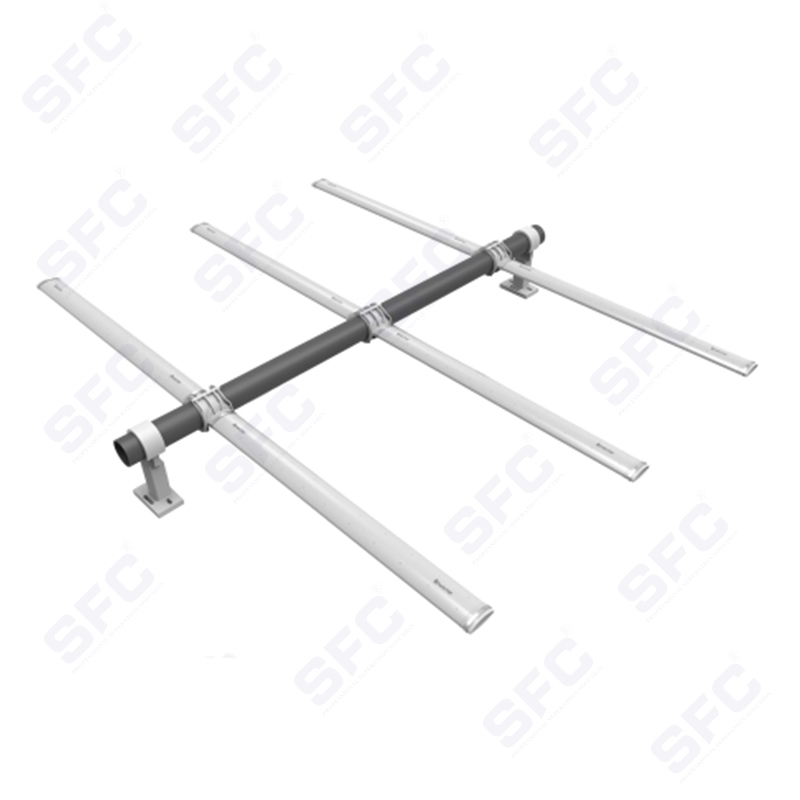The Impact of Bubble Size on Fine Bubble Diffuser Efficiency
At the core of a fine bubble diffuser’s efficiency is its ability to release microscopic air bubbles into the water, allowing for enhanced oxygenation. But not all bubbles are created equal. The size of these bubbles can significantly influence how effectively oxygen is transferred, and understanding this relationship is crucial for anyone working with these devices in applications like water treatment, aquaculture, or landscape management.
Fine bubble diffusers work by squeezing air through micropores, typically in a rubber or ceramic diaphragm, and releasing it as tiny bubbles into the water. These bubbles are known for their small diameter, typically less than 1 mm, and their efficiency in dissolving oxygen into the water. The smaller the bubbles, the greater their surface area relative to their volume. This increased surface area allows for a more effective exchange of oxygen between the bubbles and the surrounding water, improving oxygen utilization rates. In fact, fine bubble diffusers can achieve an oxygen transfer efficiency of over 30% in clear water depths of up to 6 meters. This is much higher than larger bubbles, which tend to rise more quickly and have less surface area for oxygen transfer.
However, as bubble size decreases, other factors come into play. While smaller bubbles provide a higher surface area for oxygen transfer, they are more susceptible to blockage. The smaller pores in the diffuser can become clogged by debris, biofilm, or scaling, which reduces the number of bubbles being produced and, consequently, the efficiency of oxygen transfer. When the system is not properly maintained, the diffuser can become less effective, and energy consumption increases. This means that while fine bubbles are more efficient in ideal conditions, they require more attention to maintenance and regular cleaning to maintain their performance.

Additionally, the depth of the water also affects how fine bubbles perform. In shallow water, smaller bubbles may rise too quickly to effectively dissolve oxygen before they reach the surface. However, in deeper water, the smaller bubbles have more time to stay suspended and dissolve oxygen as they ascend. This is one of the reasons fine bubble diffusers are particularly effective in deeper water, where the increased time for the bubbles to dissolve oxygen makes up for the potential issue of rapid ascent.
One of the key advantages of fine bubble diffusers is their ability to produce large quantities of small bubbles, which maximizes their oxygen transfer efficiency, especially when the system is operating at optimal air flow rates. However, this efficiency comes at a price. Fine bubbles, being smaller, can also be more energy-intensive to produce, as they require higher pressure or air flow rates to squeeze air through the tiny pores. This higher energy consumption can add to operational costs, especially in large-scale applications like municipal wastewater treatment plants or aquaculture operations.
In practical terms, the bubble size directly impacts the performance, maintenance, and energy efficiency of a fine bubble diffuser system. While smaller bubbles are more efficient in transferring oxygen into water, they are also more prone to issues like clogging, reduced oxygen transfer over time, and increased energy demand. To maintain optimal performance, regular maintenance is essential. This includes cleaning the diffusers to remove scale, debris, and biofilm, as well as ensuring that the system is operating at the correct air flow rate. Failure to do so can lead to increased energy consumption and a sharp drop in oxygen utilization efficiency, making timely replacements a critical part of diffuser maintenance.
The size of the bubbles generated by fine bubble diffusers has a direct and significant impact on their efficiency. Smaller bubbles, with their higher surface area, are more effective at transferring oxygen into water, particularly in deeper applications. However, they also require more attention to maintenance, as they are more likely to become blocked or damaged. By understanding the relationship between bubble size and oxygen transfer, operators can optimize their systems for maximum performance, ensuring both energy efficiency and long-term reliability.



 English
English Español
Español













